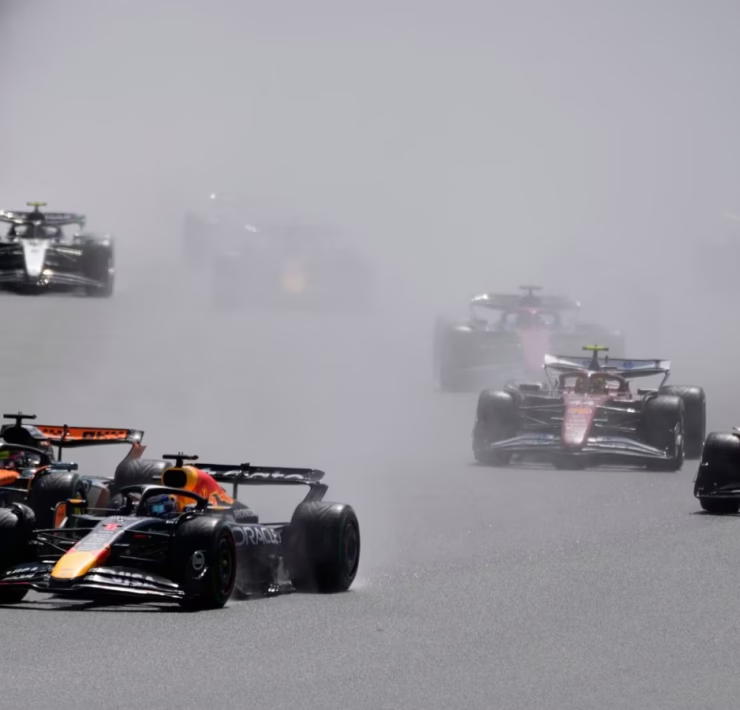
It may be very common to hear about NFTs these days as the same as using them as a collectible, whereas some conceive them as a powerful investment tool. In reality, they are quite technical, and it is quite pertinent that myths related to them be busted.
It is expected that, as NFTs are unique, it makes you the owner of the digital asset. However, this is a misconception as NFTs usually contain links to an asset that is hosted somewhere else. It does not attest to ownership of the copyright, storage, and usage rights to the asset itself. Also, the blockchains do not have the technology to identify between possession and ownership, so if one’s NFT gets stolen through a phishing scam, the blockchain would consider the thief as the new owner. Thus, verifying the ownership of an asset that is minted into an NFT is considered a social problem rather than a technical one.
It is also proclaimed that NFTs will help enable the true metaverse and allow all users to bring digital items such as images from one game platform to another. However, while this has proven to be easy on apps, it gets quite difficult when it comes to video games. In certain situations, it may be possible for the game developer or animator to make it work in a different game, but it takes extreme effort and time to do so. The issue of intellectual property also creeps in. Without the company’s permission, imports will not be allowed, and even with permission, they will have to work closely with the company to provide the assets and ensure everything is working accurately.
It is proposed that artists make more money by selling their own artwork as NFTs but it may all be a sham. The sale of $69 million worth of NFT made the headlines, but thereafter, Metapurse also purchased 20 other unrelated artworks and sold $10 million worth of fractionalized ownership tokens of the collection. This asserts that both the seller and the buyer had the same vested interest in accelerating the demand for the artist’s work. The issue of wash trading was also highlighted, wherein one person sells an item to their own sock puppet accounts to provide the impression of higher demand, making it difficult to ascertain how many high-value NFTs are sold.
In reality, the marketplaces such as OpenSea do not offer free NFT minting for artists, as the NFT would not be created until bought by someone. The minting fee gets passed on to the buyer, and since gas fees also fluctuate highly, the cost of the transaction is also unpredictable. The issue of royalty is also complicated as it can be added as smart contracts, but they are inherently software that is prone to bugs and compatibility issues, and manipulation.
News articles and researches are present to amplify the simplicity of the concepts however it can sometimes leave out the most prime details which would be essential thereby leading to confusion and users falling into privacy and security issues.
















